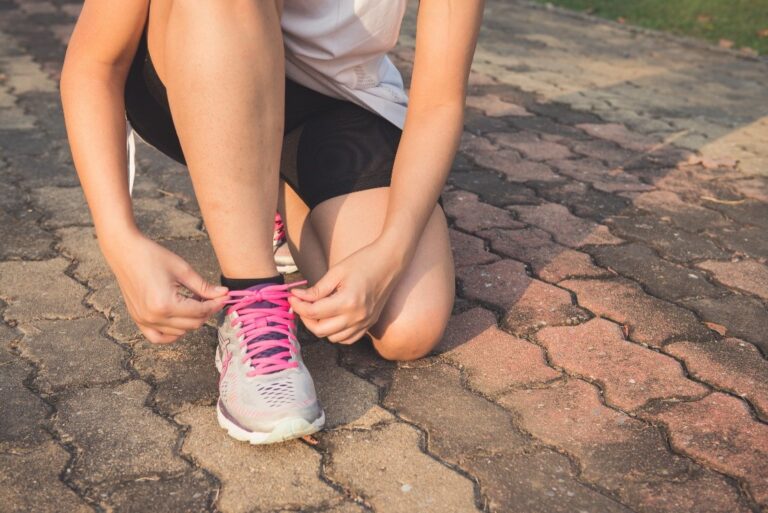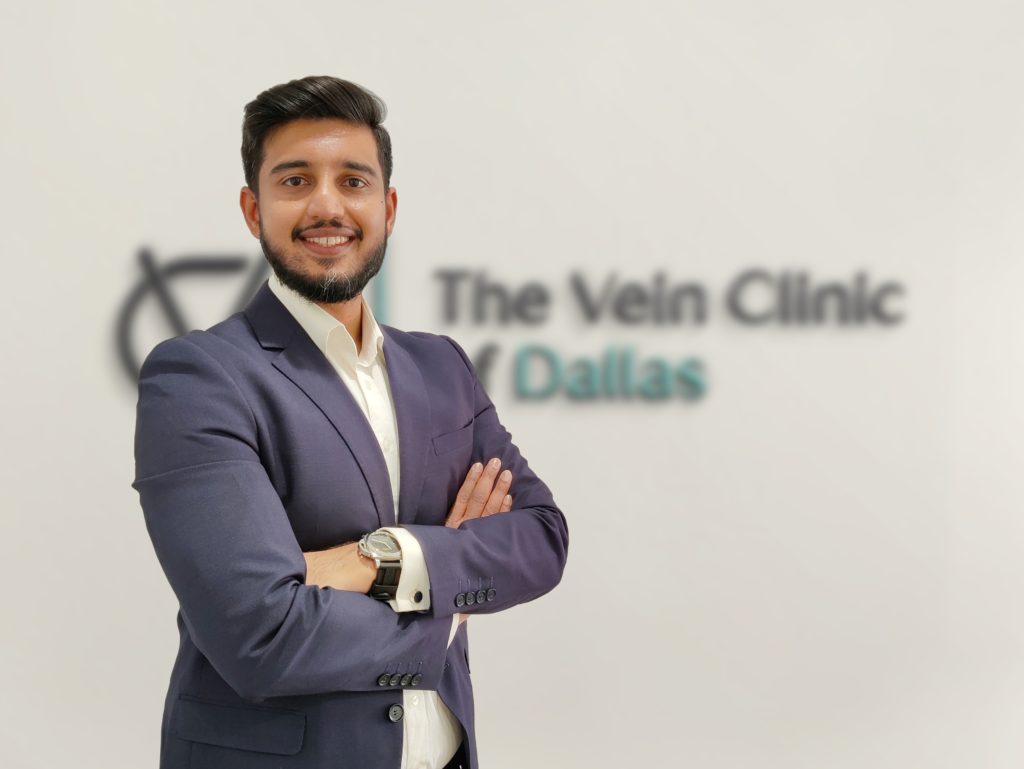Navigating Varicose Veins

Everyone is unique. Varicose veins can affect people in several ways and one person’s journey may be different to another’s. If you are an active person, you may experience symptoms of varicose veins differently to someone who is say, in a sedentary job where they’re continually sitting. Or perhaps if you have experienced pregnancy, you may have symptoms show up differently to someone who hasn’t.
What are the symptoms of varicose veins?
Varicose veins exhibit a spectrum of sizes, ranging from minute spider veins to larger, more prominent veins appearing in the legs and the groin area. The symptoms can differ from individual to individual, but generally, when discussing the signs of varicose veins, the following are the common sensations experienced:
– Pain and aching in the legs
– Sensation of weightiness or tiredness in the legs
– Throbbing
– Itchy or burning sensation in the legs
– Cramps and a sense of restlessness in the legs, particularly noticeable at night
Additionally, it’s worth noting that varicose veins can also emerge in the groin and pelvic vicinity, affecting both men and women alike.
Are varicose veins always visible?
No. Varicose veins don’t always show up visibly – they can be present even if you can’t see them on the surface of your skin. While it might sound like they’re hiding within everyone’s legs, the reality is that these problematic veins sometimes lie deeper inside the leg. People who have varicose veins located deeper within their legs will experience the same symptoms as discussed earlier, but there won’t be any noticeable signs on the skin’s surface. So, if you’re dealing with these symptoms without a clear explanation, it’s possible that varicose veins might be the culprit behind your discomfort.
Key characteristics of varicose veins include:
Twisting and Enlargement: Varicose veins often appear twisted, bulging, and raised above the skin’s surface.
Color: They are usually blue, purple, or sometimes greenish in color due to the blood pooling within them.
Location: While most commonly found on the legs, varicose veins can also appear in the pelvic region (pelvic congestion syndrome) or on the vulva (vulvar varicose veins) in women.
Risk Factors: Various factors contribute to the development of varicose veins, including genetics, age, gender (women are more prone), pregnancy, obesity, a sedentary lifestyle, and occupations that involve prolonged standing.
Complications: In some cases, varicose veins can lead to more serious complications, such as blood clots, ulcers, and skin changes.
Spider Veins: Spider veins are a milder form of venous insufficiency that often appear as smaller, web-like clusters of red or blue veins on the skin’s surface. They are related to varicose veins but are smaller and generally do not cause as much discomfort.
What is the Great Saphenous Vein?
The great saphenous vein is a large superficial vein in the lower extremities of the human body. It runs along the length of the leg, from the inner ankle to the groin area. The great saphenous vein is commonly involved in the development of varicose veins. When the valves within the great saphenous vein malfunction, blood can flow backward and accumulate, leading to increased pressure within the vein. This pressure causes the vein to stretch, twist, and become visibly enlarged. Over time, these changes can result in the characteristic appearance of varicose veins.
Are there treatments available?
Yes! Treatment options for varicose veins vary depending on the severity and specific circumstances. Lifestyle changes, such as exercise, weight management, and avoiding prolonged periods of standing or sitting, can help alleviate symptoms and slow down the progression of the condition. In some cases, medical interventions may be recommended, including minimally invasive procedures such as sclerotherapy, radiofrequency ablation, and Venaseal.
Key Takeaways:
- Varicose veins can manifest differently in each person, leading to various symptoms in the legs such as pain, achiness, heaviness, throbbing, itching, restless sensations, and cramps.
- It’s worth noting that not all varicose veins are externally visible; some may be hidden beneath the skin’s surface.
- Identifying varicose veins involves recognizing key characteristics like their twisted and bulging appearance, often with a bluish or greenish hue, as well as their specific location on the legs. Assessing your risk for developing varicose veins is equally important.
- A wide range of treatment options exists, spanning from catheter-based to injection-based procedures, ensuring that individuals have diverse choices for addressing varicose veins.
Worried About your Veins?
Make an appointment to see Dr. Husein Poonawala at our vein clinic in Flower Mound, Texas to have your veins assessed and treated today!
Our quick and easy, walk-in walk-out appointments and treatments can get your veins optimized.
Why us?
- Harvard trained vein specialist
- Meet the doctor at every visit
- Specialized treatments with innovative techniques
- Walk-in walk-out treatments with no downtime
- Personalized patient care
- Efficient appointment scheduling
- Extensive follow up protocols ensuring optimal benefit

Dr. Husein Poonawala is the driving force behind The Vein Clinic of Dallas. He is a dual board-certified Harvard trained Vascular and Interventional Radiologist with a passion for treating vein disorders. He is an expert in minimally invasive endovascular surgery with over a decade of experience in his field. He now focuses solely on venous insufficiency utilizing state-of-the-art vein treatments.
The content provided in this article is provided for information and educational purposes only and is not a substitute for professional medical advice and consultation.

